Archive
2021
KubaParis
Oh ooh, it's Internal
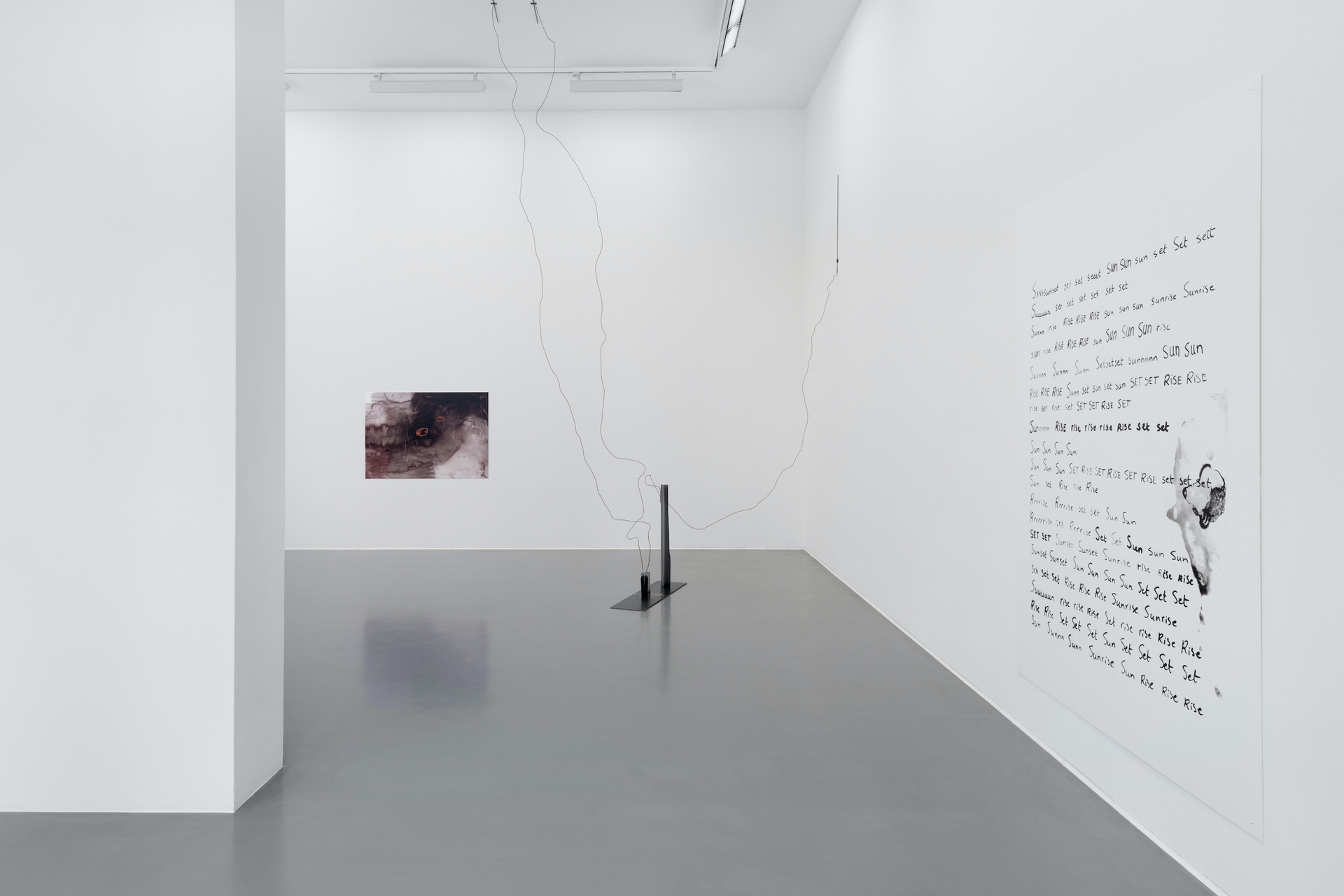

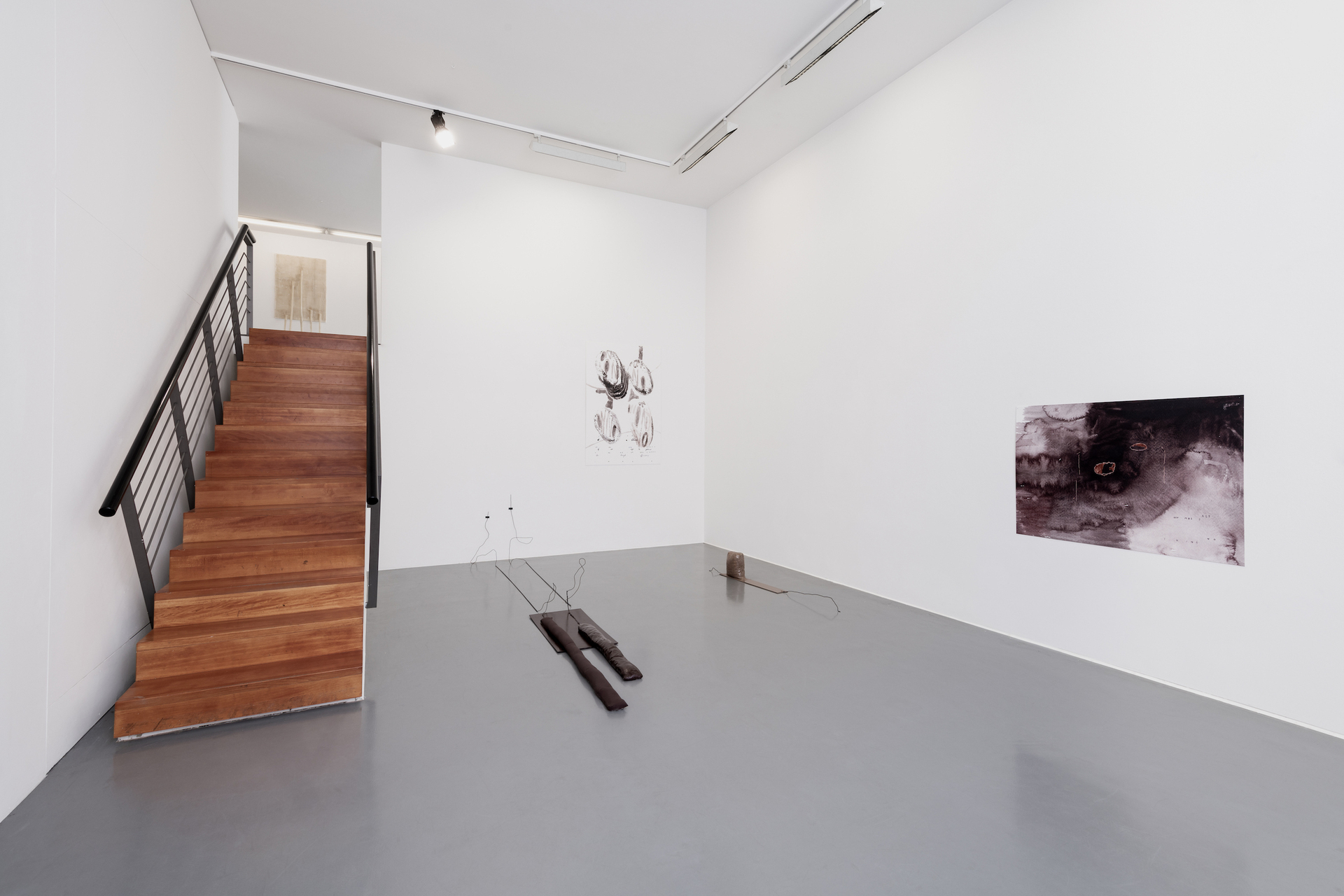
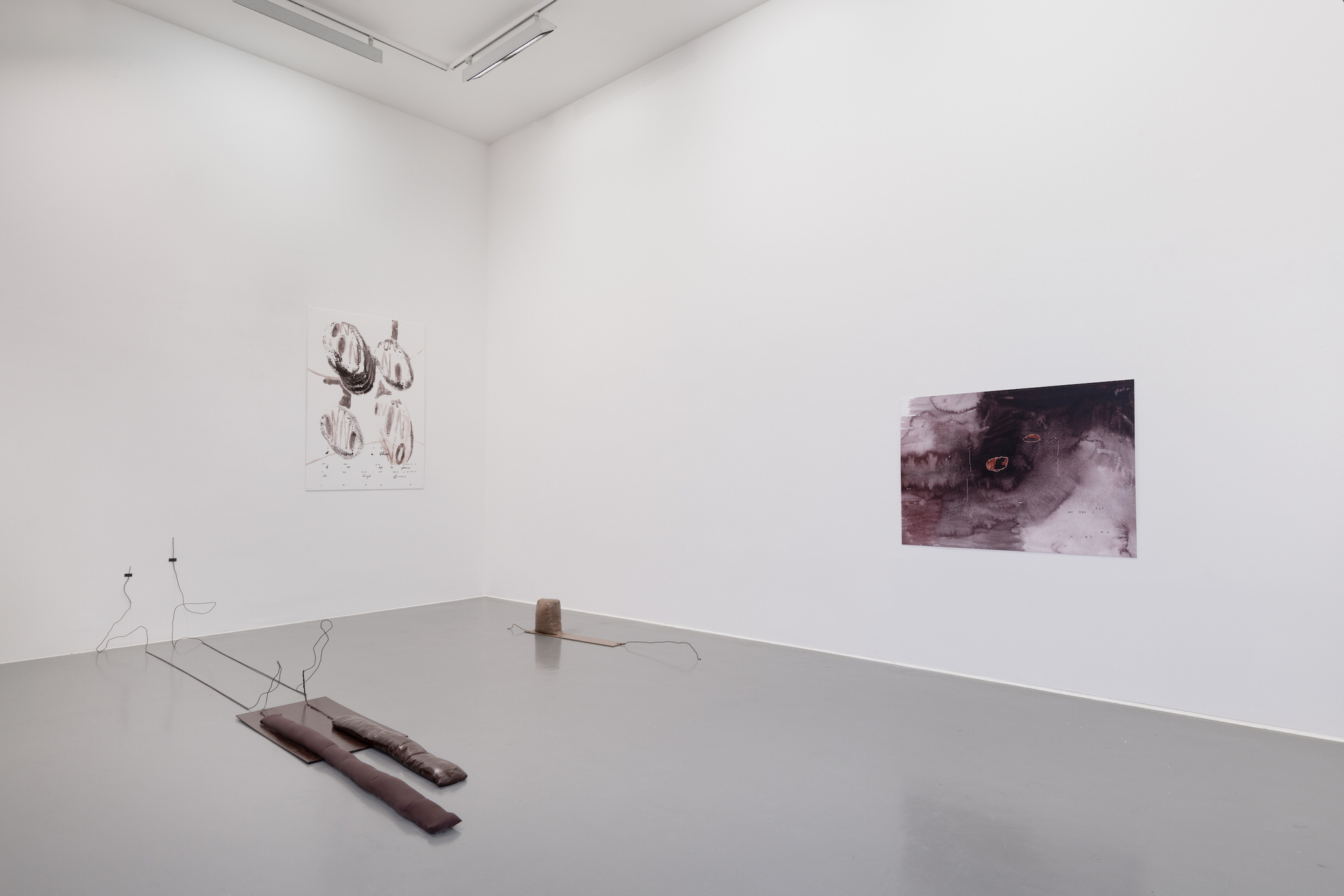

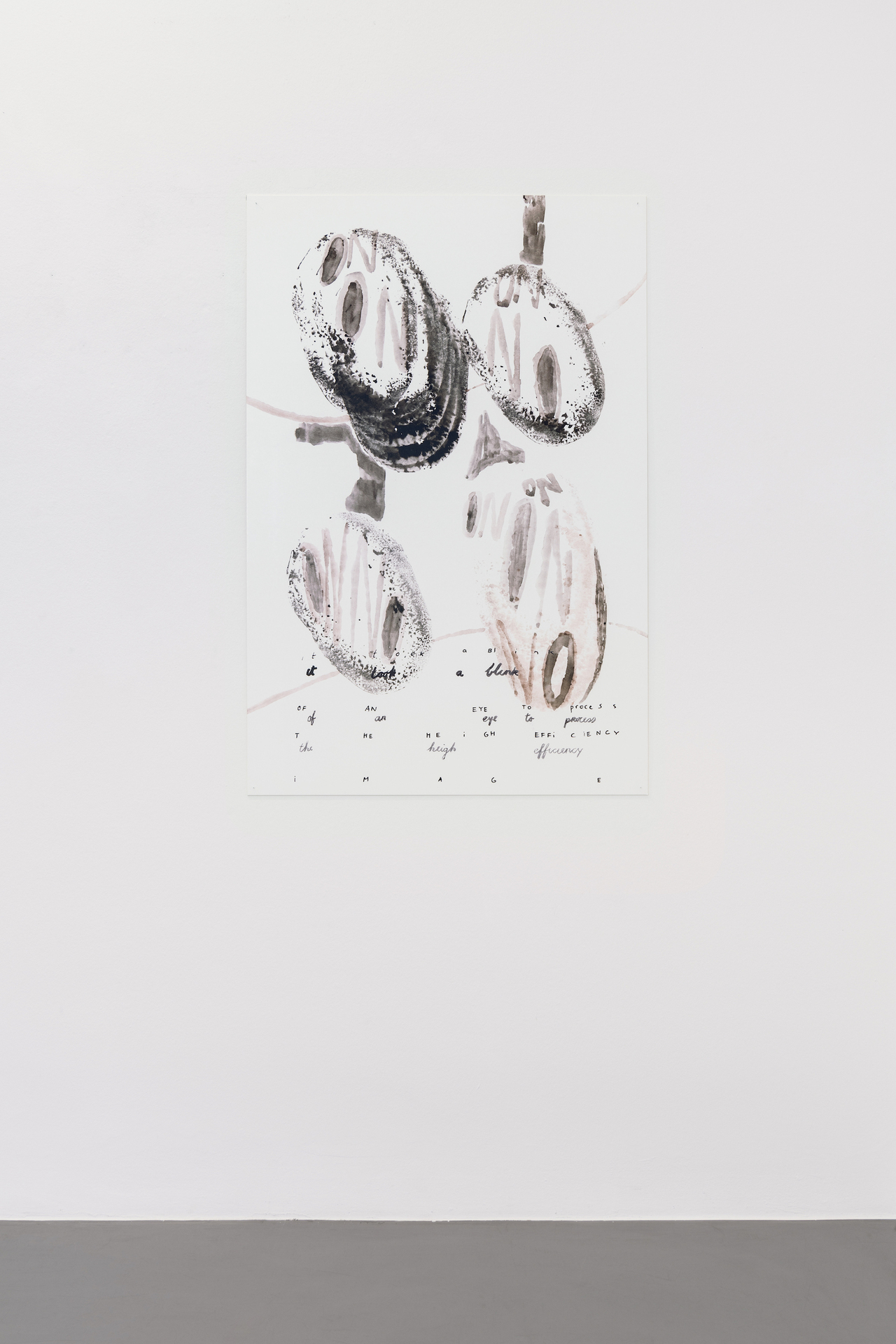

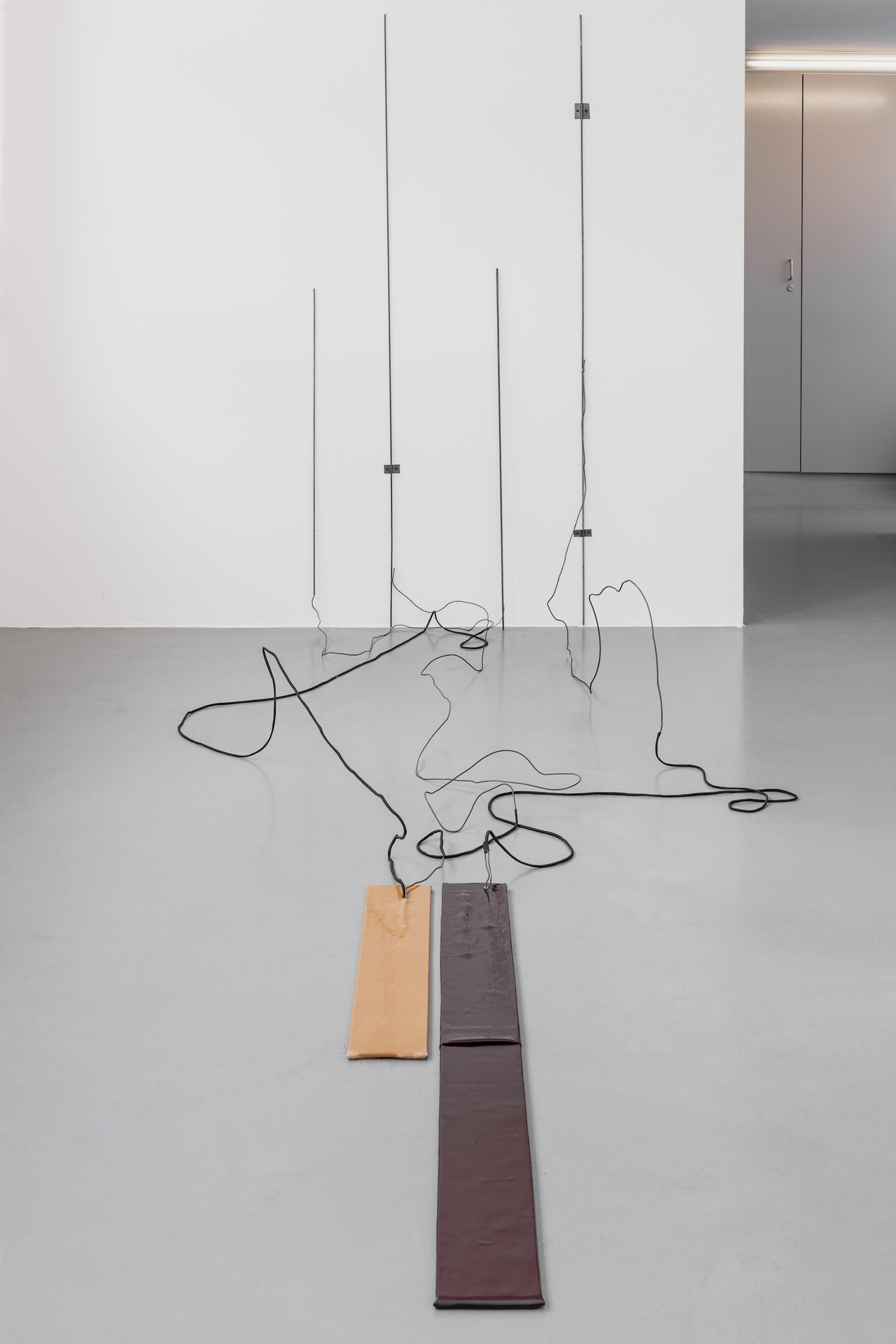
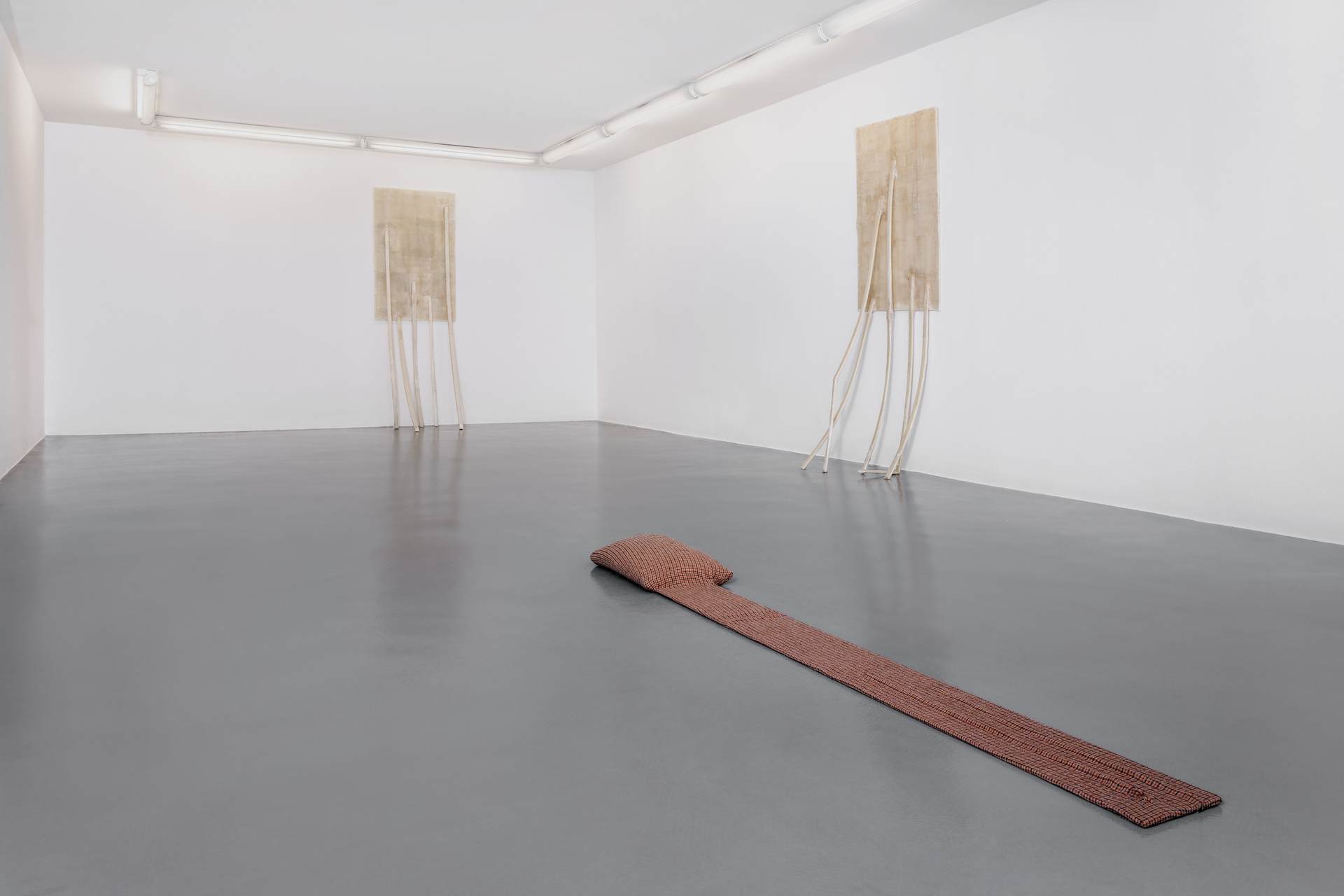
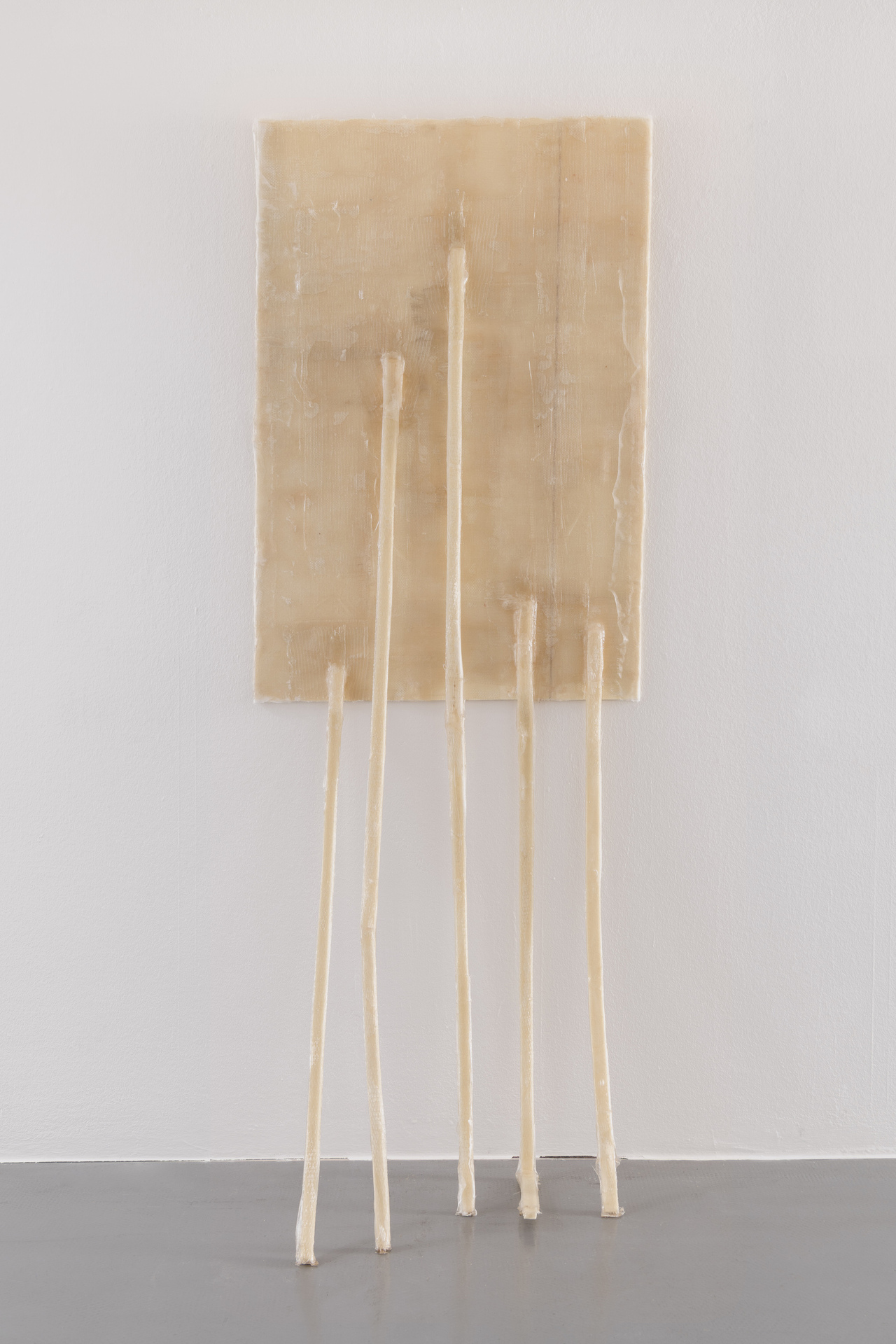
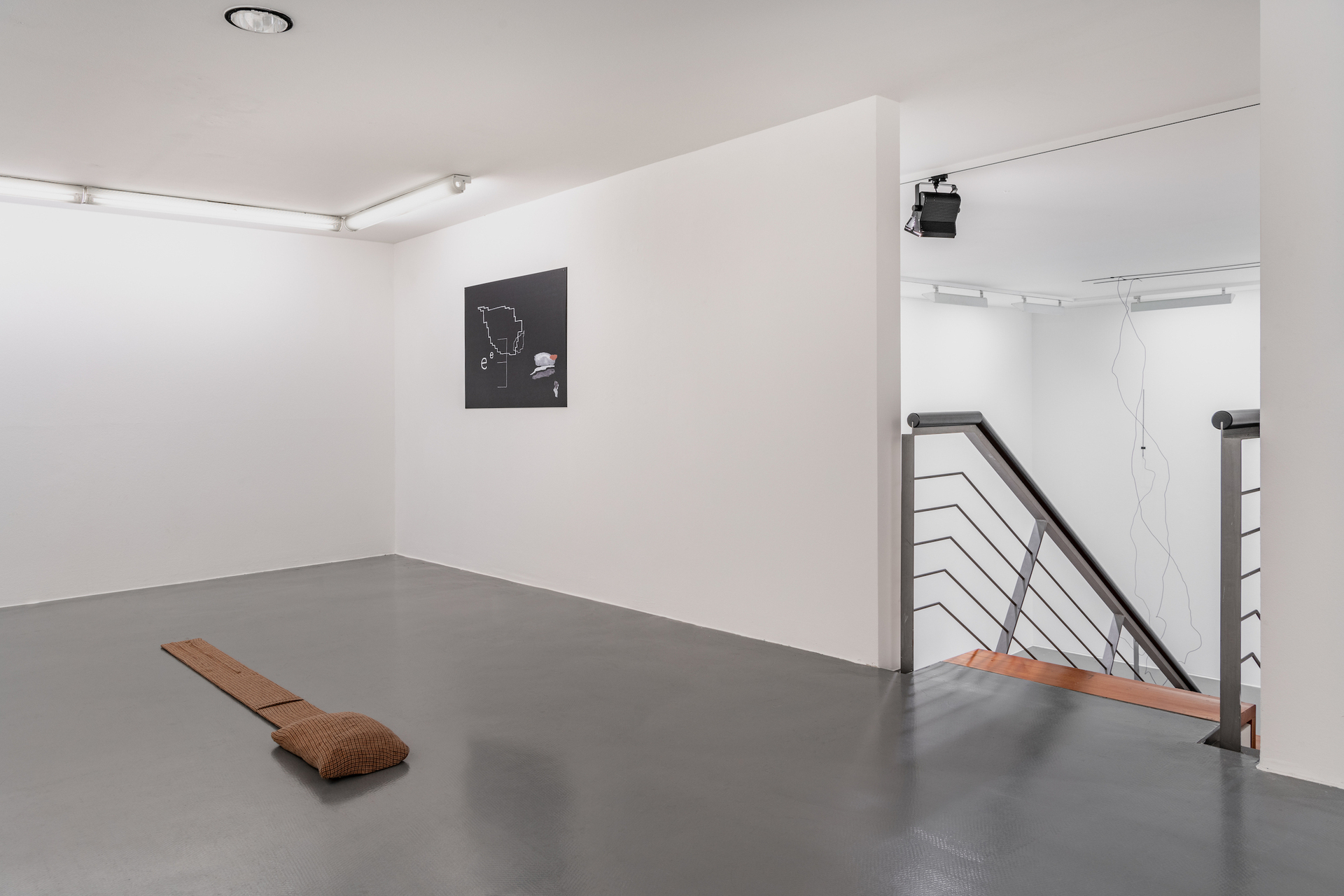

Location
Kunstverein FriedrichshafenDate
24.04 –26.06.2021Curator
Hannah EcksteinPhotography
Kilian BleesSubheadline
The Kunstverein Friedrichshafen is pleased to present with "Oh ooh, it's Internal", the first institutional solo exhibition by Dutch artist Arian de Vette.Text
Arian de Vette
Oh ooh, it’s Internal
Arian de Vette (b. 1989 in Rotterdam) draws from the fund of modern sculpture and in particular from those tendencies, which emerged from the 1950s onwards. This is reflected in the use of manifold materials and media such as text or video, as well as in the ever-present reference to the space. This reference is responsible for the installative character of his works, which aims at the physical and psychological activation of the viewer. In this respect, the intrinsic aesthetic value of the material has to be mentioned as well, which plays a central role in this mental activation, evoking manifold associations and emotions in the recipient.
Accordingly the range of materials used extends from ceramics and metal, to fiberglass, fabrics and various utilitarian objects. De Vette's works are furthermore characterized by a pronounced physicality, which moves between abstraction and figuration, exploring precisely the duality of these two borderlands. Especially the artist's sculptures, which develop from concrete volumes or emerge from an abstract, amorphous formal language, always have a bodily presence. They become a physical counterpart for the recipient. They challenge the viewer to consciously perceive his/her own physicality and reflect and redefine his/her own position in the spatial as well as the larger worldly structure.
For his solo exhibition "Oh ooh, it's Internal" at the Kunstverein Friedrichshafen, de Vette has created a new body of work for which he took the premises of the Kunstverein as a starting point. The resulting expansive installation combines sculptures with two-dimensional text works:
The thin, wiry sculptures meander their way, starting from their steel bases, along the floor and up the walls like filigree, anthropomorphic beings. "If only you could lose your mind to come back to your senses (I)" (2021) has bulging appendages that trigger associations with limbs, and in "Untitled" (2021) wires, reminiscent of veins, emerge from beneath artificially shiny skins, piercing their way to the surface and expanding into antenna-like extensions reaching out into the surrounding space. Their plastic surfaces appear shiny and artificial on the one hand and organic on the other. Their colours, reminiscent of a washed-out autumn palette, evoke associations of the transience of all being. With their appendages and limbs they seem to be frozen creatures, whose signals trail away in the surrounding space. Everything remains in a strange state of suspension between stability and instability, and so the viewer cannot help but relate the scenario to his/her own existence and to his/her integration into a social structure, whose stability is currently becoming more and more unstable.
The text works have their origins in watercolours, notes, drawings, as well as in self-written and found texts. Scanned, enlarged and fragmented, these sketchy notes were combined into digital collages. These works play with the viewer's perception. At first it appears as if one is standing in front of watercolours or drawings. Only if one takes a closer look, it becomes clear that they are actually printed collages. Somewhere between clear words and fragmented mumble these works use language as pure material. Their content, meaning, and sense often recede into the background. They rather expand the resonance space of the sculptures as their communication seems to be disturbed as well. This feeling is conveyed by text fragments like "Sssunset set set sun sun sun set" or "Sunnn rise Rise Rise sun sun rise", which keep on repeating themselves like a skipped record – or the continuous, exhausting circle of everyday life.
Arian de Vette (b. 1989 in Rotterdam, The Netherlands) studied Fine Arts at the Gerrit Rietveld Academie in Amsterdam and Ceramics/Glass at the Institute for Ceramics and Glass Art in Höhr-Grenzhausen, Germany. He was resident at the Rijksakademie van beeldende kunsten (2018-2019), Amsterdam, and is currently receiving an "Emerging Artist" grant from the Mondriaan Fund.
The exhibition is generously sponsored by the General Consulate of the Kingdom of the Netherlands and the Stichting Stokroos Foundation.
Hannah Eckstein